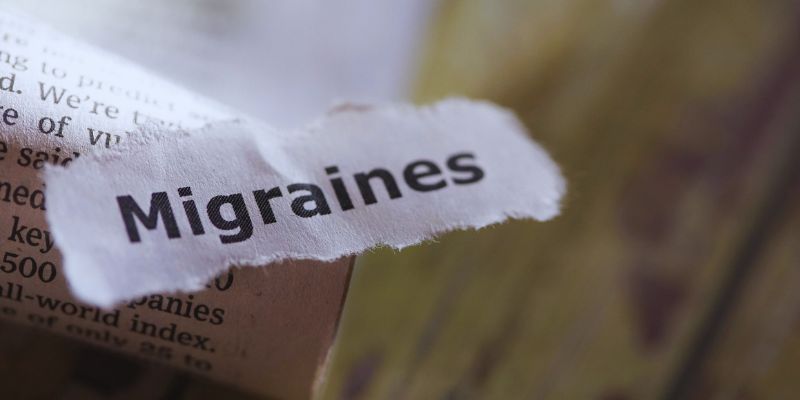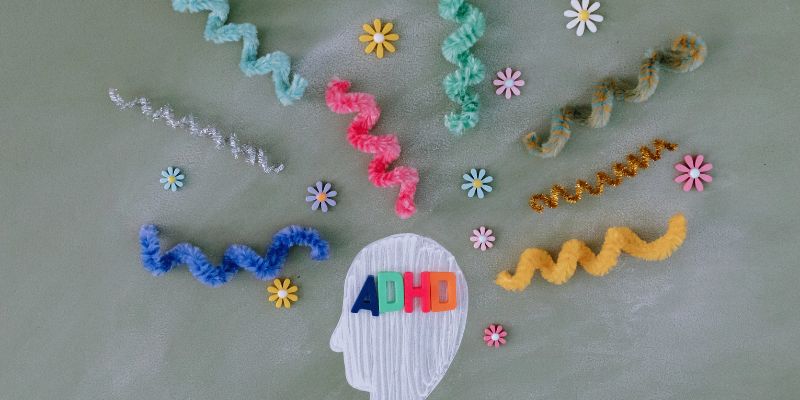Understanding ADHD Combined Type: Symptoms, Causes, and Treatment
Advertisement
A common neurodevelopmental disorder affecting many children and adults is Attention Deficit Hyperactivity Disorder (ADHD). Among the most common varieties of this condition is ADHD Combined Type. It combines symptoms from both of the major forms of ADHD—inattentive type and hyperactive-impulsive type. Those with combined type ADHD struggle with hyperactivity, attention, and impulse control.
These symptoms could affect social contacts, school performance, and daily life. Awareness of ADHD combined type is crucial for finding the proper diagnosis and treatment plan. Early identification can greatly enhance the quality of life for persons with this disorder.

What is ADHD Combined Type?
Inattentive and hyperactive-impulsive symptoms together are referred to as ADHD Combined Type. Together with the Inattentive Type and Hyperactive-Impulsive Type, it is one of the three kinds of ADHD. The most often occurring variety of ADHD is the mixed type, which also explains the highest proportion of people diagnosed with the condition.
Since this type affects conduct and attention, the symptoms may be more disruptive and obvious. Among the inattentive symptoms are disorganizing, poor concentration, and forgetfulness. Conversely, hyperactive-impulsive symptoms comprise too much energy, trouble sitting still and acting without thinking. Combining these symptoms, people with ADHD Combined Type sometimes find it difficult to finish chores and keep relationships together.
Symptoms of ADHD Combined Type
Two distinct groups define the symptoms of ADHD Combined Type: inattentive and hyperactive-impulsive ones. Though these symptoms differ, they have similar characteristics that could cause disturbance in daily living.
Inattentive Symptoms
Here are the inattentive symptoms:
- Difficulty staying focused: Particularly in cases when activities are boring or repetitious, people with ADHD Combined Type sometimes struggle to focus on them.
- Disorganization: These people could find it difficult to keep track of crucial objects, such as keys or schoolwork, and might struggle to keep their workstations neat.
- Forgetfulness: People with ADHD Combined Type may overlook deadlines, appointments, or specifics of conversations, therefore impacting their personal and professional lives.
Hyperactive-Impulsive Symptoms
Here are the hyperactive-impulsive symptoms:
- Excessive movement: Individuals with combined ADHD typically feel restless and may fidget or wriggle in their chairs. That is most evident in circumstances when stillness is needed.
- Difficulty staying seated: People with this kind of ADHD may find it difficult to stay seated, whether in meetings, classrooms, or at meals.
- Impulsivity: Commonly found in doing without thinking. It can lead to hasty decisions, disrupting others, or dangerous activity without considering the repercussions.
These symptoms, taken together, can cause difficulties in social contact at school and work, leading to low self-esteem and frustration.
Causes of ADHD Combined Type
Although the precise origin of ADHD Combined Type is unknown, studies suggest that certain elements could help explain its development. These elements include brain anatomy and function, environmental effects, and genetics. Awareness of these reasons is crucial for finding sensible remedies.
- Genetics: Strong genetic elements define ADHD. Studies have indicated that additional family members have ADHD if a parent or sibling does as well. There are specific genes linked to dopamine control in the brain that contribute to ADHD. A neurotransmitter, dopamine, controls behavior, emotion, and attention.
- Brain Structure and Function: Studies on brain imaging have revealed structural variations in some areas of the brain among those with ADHD. The prefrontal cortex, among other areas, is in charge of tasks including impulse control, attention, and decision-making. Variations in these brain areas could help to explain ADHD symptoms.
- Environmental Factors: Although brain anatomy and genes are important, environmental elements can also help to develop ADHD Combined Type. Increased risk of ADHD has been linked to early birth, lead exposure, low birth weight, and other elements. These surrounding elements can influence brain development and raise the possibility of ADHD symptoms showing later in life.

Diagnosing ADHD Combined Type
Usually, the diagnosis of ADHD Combined Type requires a thorough assessment by a medical practitioner, such as a psychiatrist or psychologist. The diagnosis process consists of multiple steps to guarantee accuracy and exclude other probable explanations of the symptoms.
- Medical History and Interviews: A comprehensive medical history includes the child's developmental milestones, family medical history, and any pertinent behavioral issues. Additionally, the healthcare practitioner will interview parents, teachers, and other people engaged in the person's everyday life.
- Behavioral Assessments: Behavioral evaluation instruments are common techniques used by doctors to identify ADHD Combined Type. These tests allow one to compare one's behavior to usual developmental benchmarks. Among common instruments are behavior checklists and questionnaires, such as the ADHD Rating Scale.
- Rule Out Other Conditions: It's crucial to rule out ADHD since it has symptoms similar to other disorders, including anxiety, sadness, and learning impairments. The healthcare provider will refer the patient to experts or carry out further tests if needed.
Treatment Options for ADHD Combined Type
Although ADHD Combined Type cannot be cured, there are numerous treatments accessible that will assist people in properly controlling their symptoms. Usually, treatment consists of lifestyle changes, and behavioral therapy together.
- Medications: Many times prescribed to help control ADHD symptoms are drugs such as Adderall and methylphenidate (Ritalin). These drugs raise neurotransmitter levels in the brain, including norepinephrine and dopamine, influencing their actions. Some people may be advised of non-stimulant drugs such as atomoxetine (Strattera).
- Behavioral Therapy: Treatment for ADHD Combined Type depends critically on behavioral therapy. This approach enables people to create plans for controlling impulses, enhancing concentration, and task organization. Additionally, helping people with ADHD acquire new coping mechanisms to handle emotional difficulties and raise self-esteem is cognitive-behavioral treatment (CBT).
- Lifestyle Adjustments:
Lifestyle changes can assist in treatment, in addition to medicine and counseling. Managing symptoms requires disciplined surroundings, time-management techniques, and a routine. Furthermore, regular exercise, a good diet, and enough sleep are very important factors in enhancing attention and conduct.
Conclusion:
Comprising inattention, hyperactivity, and impulsivity, ADHD Combined Type is a complicated disorder. It can greatly affect daily life, relationships, and academic or occupational performance. Early diagnosis and efficient treatment depend on knowing its symptoms and causes. Medication, behavioral therapy, and lifestyle changes help people control their symptoms and raise their general quality of life. Helping those with ADHD flourish also depends critically on family, school, and medical professional support. Although there are difficulties, the right treatment and techniques can enable people with ADHD Combined Type to lead active and happy lives.
Advertisement












